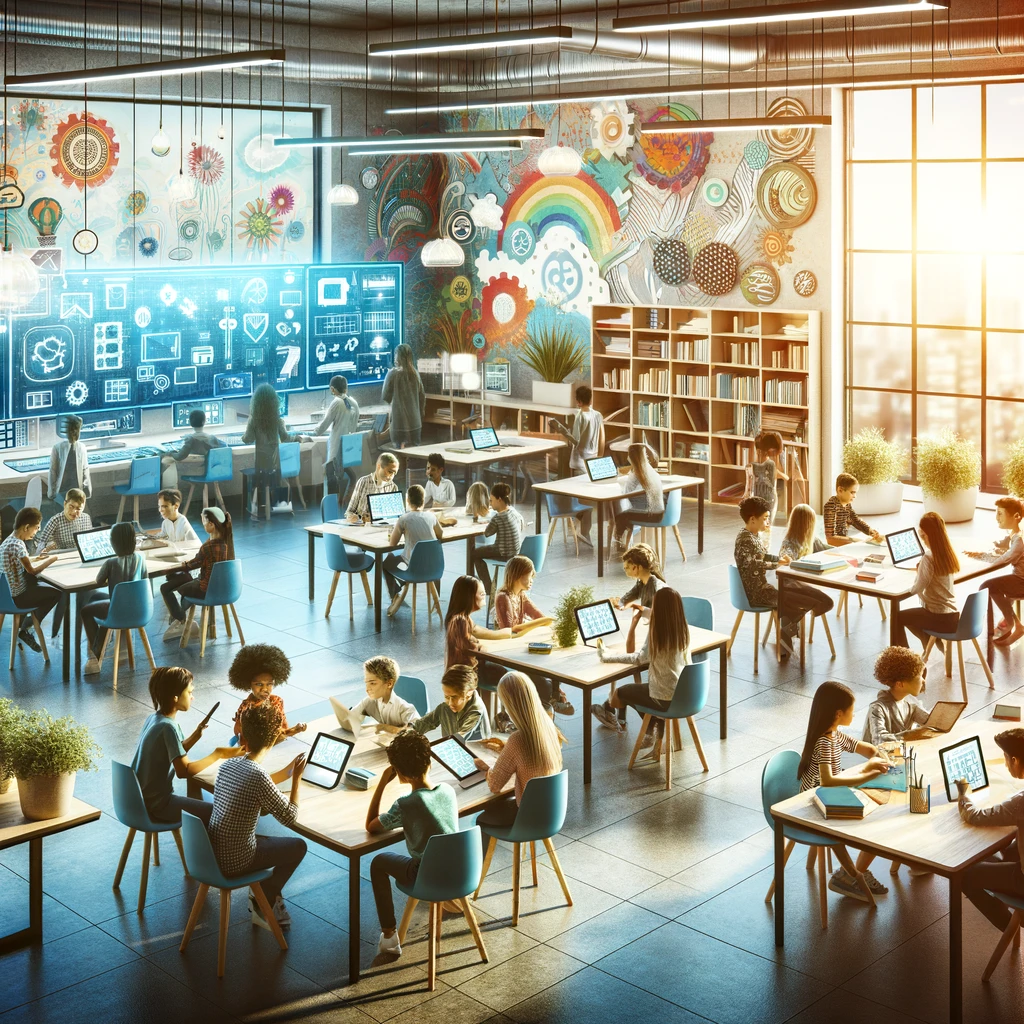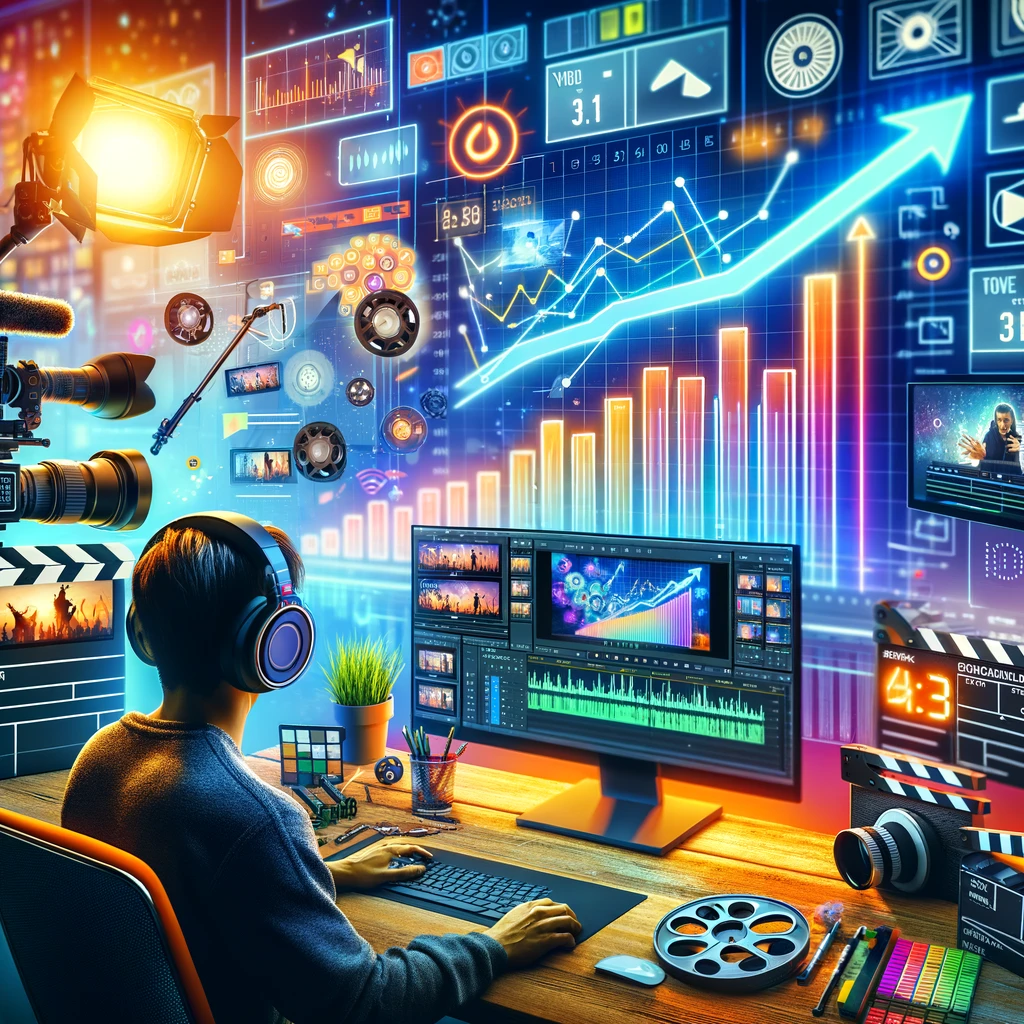Imagine sitting in a classroom, staring at a chalkboard while the teacher drones on about the War of 1812 or the lifecycle of a frog. Sounds thrilling, right? Not so much. This scene is a snapshot of traditional education methods—rows of desks, textbooks thicker than a deep-dish pizza, and the one-way flow of information from teacher to student. But here’s the kicker: in an age where information is as easily accessible as ordering a latte, these old-school methods are flunking the test of modern education. Let’s dive into why traditional education methods are being sent to detention and why it’s time for a teaching transformation.
First off, traditional education often operates on the “one size fits all” model, but when it comes to learning, one size fits nobody perfectly. Howard Gardner shook the education world with his theory of multiple intelligences, suggesting that we all have different strengths—linguistic, logical-mathematical, musical, or one of the other intelligences he identified (Gardner, 1983). Yet, traditional classrooms tend to focus on verbal and mathematical skills, leaving other talents in the dust. It’s like forcing everyone to wear the same size shoes and wondering why so many students are uncomfortable.
Then there’s the issue of engagement. Let’s be honest: listening to a lecture or memorizing facts from a textbook is about as engaging as watching paint dry. A study by Microsoft found that the human attention span has decreased to eight seconds, shorter than that of a goldfish (Microsoft, 2015). In this digital age, students are used to interactive content and instant feedback, not sitting passively and taking notes. Traditional methods struggle to capture the imaginations and attention of students who are digital natives accustomed to the fast-paced world of the internet.
Moreover, traditional education often emphasizes memorization over critical thinking and problem-solving. In a world where Google can answer factual questions faster than you can blink, what we really need to teach is how to think, not what to think. The World Economic Forum’s Future of Jobs Report highlights critical thinking and problem-solving among the top skills needed for the jobs of tomorrow (World Economic Forum, 2020). Yet, traditional education methods lag in fostering these essential skills, preparing students for a world that no longer exists.
Also, let’s talk about relevance. Traditional education can be disconnected from the real world. How often have students asked, “When will I ever use this?” And, honestly, they have a point. Without application to their lives or future careers, much of the curriculum feels abstract and theoretical. This lack of relevance can lead to disengagement and a lack of motivation to learn.
In conclusion, it’s clear that traditional education methods are struggling to keep up with the needs of today’s learners. They often overlook individual learning styles, fail to engage students, miss the mark on teaching critical 21st-century skills, and can feel disconnected from the real world. But fear not, the future of education is bright with possibilities—interactive technologies, personalized learning, and teaching methods that prepare students for the challenges of tomorrow. So, let’s turn the page on traditional education and embrace the learning revolution. Class dismissed!



